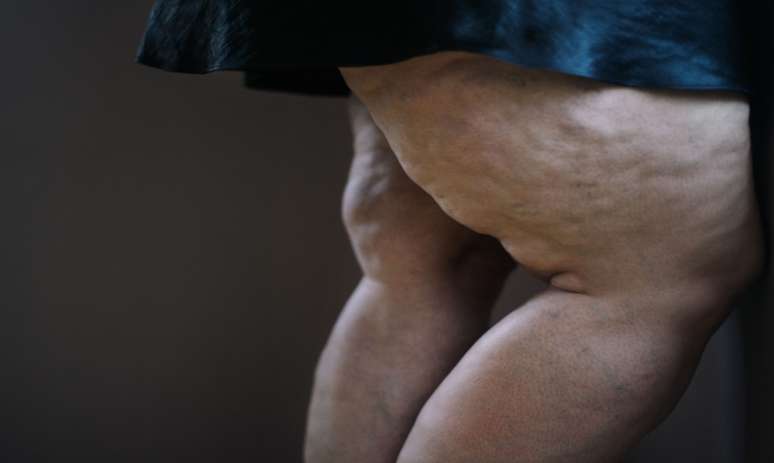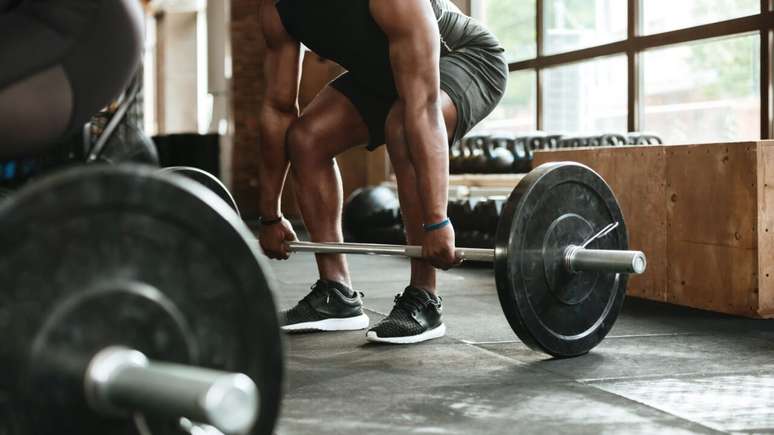Lipedema is often confused with being overweight and bloating, but some signs point exclusively to this condition.
We’re inside Purple June, a month that highlights lipedema awareness. The chronic condition is characterized by the abnormal accumulation of subcutaneous fat, mainly in the hips and lower limbs and, sometimes, in the arms. Therefore, it is often confused with overweight and bloating.
According to Cristienne Souza, vascular surgeon and angiologist at Venous, patients can also understand lipedema as conditions of obesity, lymphedema and gynoid lipodystrophy.
According to the doctor, lipedema mainly affects women. A national study published in 2022 estimated a prevalence of 12.3% in the Brazilian female population, approximately 8.8 million women between 18 and 69 years old, the specialist indicates.
“Lipedema can begin during puberty, during pregnancy or menopause. Female hormones are thought to play a crucial role in the development of lipedema, but the pathophysiology is still poorly understood,” explains Cristienne.
Signs that generally determine lipedema
The vascular surgeon highlights symptoms that usually differentiate lipedema from other conditions. Are they:
- Symmetrical accumulation of fat on the hips, legs and thighs and occasionally on the arms, sparing the feet and hands.
- Disproportion between the extremities and the trunk.
- Difficulty losing volume in affected limbs despite weight loss
- Presence of subcutaneous fibrous nodules
- Sensitivity and pain to touch in the affected areas.
- Predisposition to spontaneous bruising or ecchymosis or due to minimal trauma in areas of fat accumulation.
“These signs help differentiate lipedema from other conditions, such as obesity, which has no characteristic pain, and lymphedema, which includes edema of the feet and hands and is not symmetrical,” says the practitioner.
It is important for the doctor to raise awareness about lipedema to avoid errors in incorrect diagnoses, proposing ineffective treatments.
“Many women suffer from symptoms for years before they are properly diagnosed. Information about this condition can help improve the quality of life for many patients. Additionally, continued research is critical to better understand the causes of lipedema and develop more effective treatments. effective,” he said. she points out.
Treatment and prevention
Unfortunately, there are no known medications that specifically treat lipedema. The use of drugs and supplements aims to reduce tissue inflammation, fibrosis, edema and pain.
“The signs and symptoms of lipedema must be treated to improve quality of life, including pain, edema and mobility, and early treatment provides better outcomes,” comments Cristienne.
According to the doctor, standard conservative therapy for lipedema includes nutritional guidance, compression therapy, manual therapy and an exercise plan. Lipedema reduction surgery removes abnormal tissue, improving symptoms, mobility, and disabilities.
Additionally, there are no known methods to prevent lipedema, as its exact causes are not fully understood. However, maintaining a healthy weight and an active lifestyle can help minimize symptoms.
Source: Terra
Ben Stock is a lifestyle journalist and author at Gossipify. He writes about topics such as health, wellness, travel, food and home decor. He provides practical advice and inspiration to improve well-being, keeps readers up to date with latest lifestyle news and trends, known for his engaging writing style, in-depth analysis and unique perspectives.









